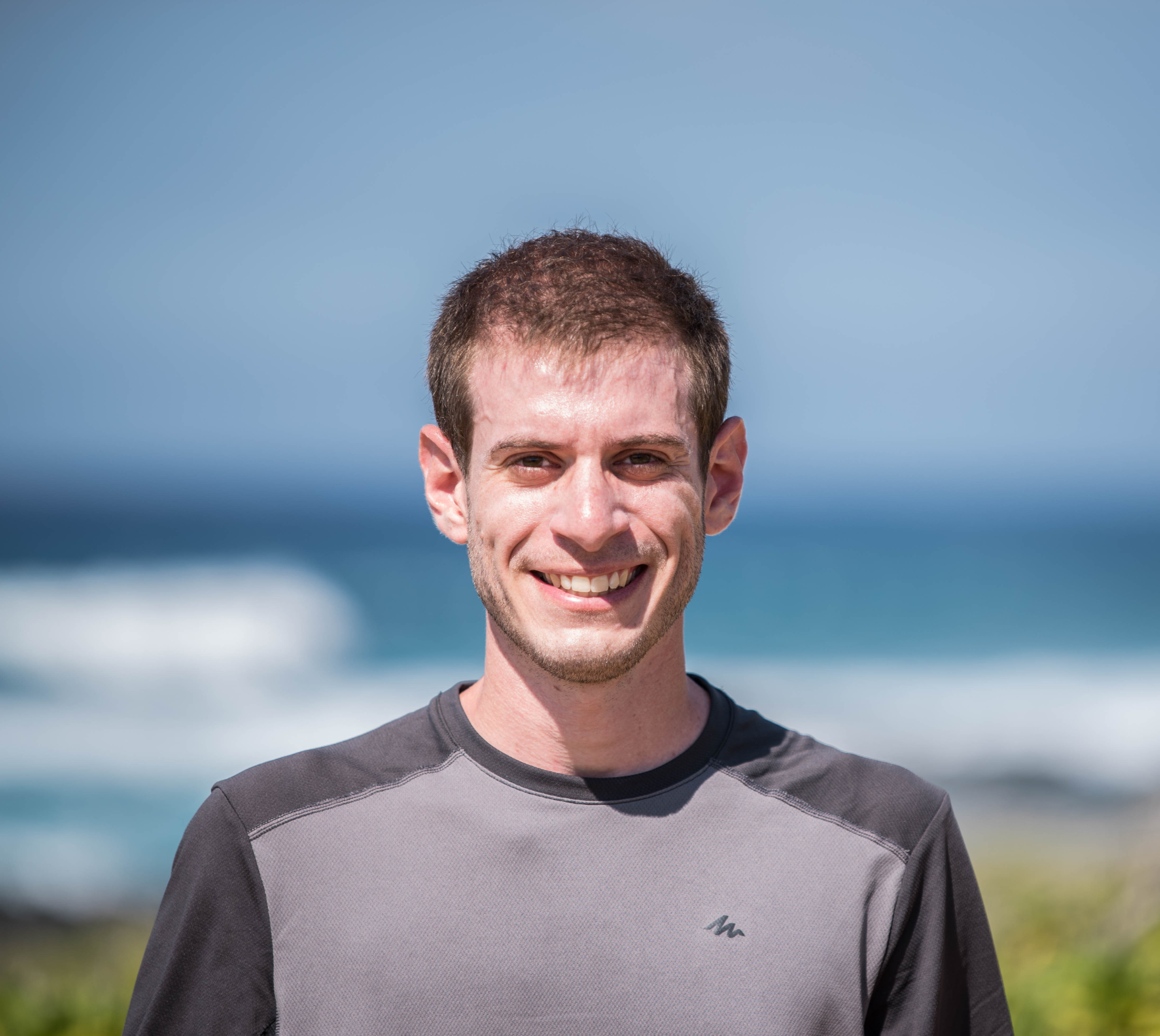New publication: Using drones to quantify the age-structure of free-ranging delphinid populations
- Fabien Vivier

- Jun 28, 2023
- 4 min read
Written by Fabien Vivier
We are pleased to announce a new publication in Ecology and Evolution entitled:
Quantifying the age-structure of free-ranging delphinid populations: testing the accuracy of Unoccupied Aerial System-photogrammetry.
Video created by Anna Schmalz: https://www.mmrphawaii.org/interns
Vivier, F., Wells, R. S., Hill, M. C., Yano, K. M., Bradford, A. L., Leunissen, E. M., Pacini, A., Booth, C. G., Rocho-Levine, J., Currie, J. J., Patton, P. T., & Bejder, L. (2023). Quantifying the age structure of free-ranging delphinid populations: Testing the accuracy of Unoccupied Aerial System photogrammetry. Ecology and Evolution, 13, e10082. https://doi.org/10.1002/ece3.10082
Abstract
Understanding the population health status of long-lived and slow-reproducing species is critical for their management. However, it can take decades with traditional monitoring techniques to detect population-level changes in demographic parameters. Early detection of the effects of environmental and anthropogenic stressors on vital rates would aid in forecasting changes in population dynamics and therefore inform management efforts. Changes in vital rates strongly correlate with deviations in population growth, highlighting the need for novel approaches that can provide early warning signs of population decline (e.g., changes in age-structure). We tested a novel and frequentist approach, using Unoccupied Aerial System (UAS) photogrammetry, to assess the population age-structure of small delphinids. First, we measured the precision and accuracy of UAS-photogrammetry in estimating total body length (TL) of trained bottlenose dolphins (Tursiops truncatus). Using a log-transformed linear model, we estimated TL using the blowhole-to-dorsal-fin-distance (BHDF) for surfacing animals. To test the performance of UAS-photogrammetry to age-classify individuals, we then used length measurements from a 35-year dataset from a free-ranging bottlenose dolphin community to simulate UAS-estimates of BHDF and TL. We tested five age-classifiers and determined where young individuals (<10 years) were assigned when misclassified. Finally, we tested whether UAS-simulated BHDF only or the associated TL estimates provided better classifications. TL of surfacing dolphins was overestimated by 3.3% ±3.1% based on UAS-estimated BHDF. Our age-classifiers performed best in predicting age-class when using broader and fewer (two and three) age-class bins with ~80% and ~72% assignment performance, respectively. Overall, 72.5-93% of the individuals were correctly classified within two years of their actual age-class bin. Similar classification performances were obtained using both proxies. UAS-photogrammetry is a non-invasive, inexpensive, and effective method to estimate TL and age-class of free-swimming dolphins. UAS-photogrammetry can facilitate the detection of early signs of population changes, which can provide important insights for timely management decisions.

The ability to estimate the age-class (i.e., calf, juvenile, or adult) of dolphins in a population (Fig. 1) is important if we want to manage and conserve it. Traditional techniques, such as line-transect surveys or mark-recapture surveys, are usually used to estimate the size of dolphin populations. However, these techniques can be limited when it comes to estimating trends in population abundance. That is mostly because dolphins are long-lived and slow-reproducing species, meaning changes in their physiology or behaviors can take time before they manifest at the population level. In this paper, we tested the accuracy of UAS-photogrammetry in measuring dolphin lengths and quantifying age-class, as a means to improve current assessment techniques.

First, we tested the accuracy and precision of UAS-photogrammetry in measuring the total body length (TL) and the distance between the blowhole and the dorsal fin insertion (BHDF) of trained bottlenose dolphins (Tursiops truncatus), at Dolphin Quest O’ahu. For this, we started by measuring TL and BHDF using a tape on the dolphins (i.e., true measurements). Then we measured the same lengths on stationary (e.g., still and elongated at the surface of the water) dolphins using images collected by a drone at different altitudes. Similarly, we measured BHDF of dolphins when free-swimming at the surface of the water (i.e., arched body, Figure 2). This allowed us to replicate the behavior of free-ranging animals, and to test our method to estimate TL based on BHDF of free-swimming dolphins, for which we often cannot measure TL directly.

By comparing the true measurements with the ones obtained from UAS-photogrammetry, we found that UAS-photogrammetry is accurate when measuring TL and BHDF of stationary dolphins, with a slight tendency of overestimating these lengths by 0.1 ± 1.3% and 1 ± 2.4%, respectively. Similarly, TL estimated using BHDF measurements of free-swimming dolphins was overestimated by 3.3 ± 3.1%, which remains great considering we estimated TL of swimming dolphins based on a proxy.
Now that we know UAS-photogrammetry is accurate when estimating TL of swimming dolphins, can we use these measurements to determine an individual’s age-class? To answer this question, we collaborated with the Sarasota Dolphin Research Program (SDRP). Since the 1980s, the SDRP has conducted catch-release health assessments of their dolphin community. Each year, they restrain targeted individuals, collect a variety of length measurements (e.g., TL, BHDF), samples (e.g., blood, urine), and the sex and age of the animal (either from a known birth date or tooth extraction), and then release them. From this dataset, we were able to split the individuals into several age classes and determine the average TL (± SE) for each age-class. Then we simulated UAS-measurements of BHDF for all animals and then estimated their TL. Finally, we tested the performance of UAS-photogrammetry to correctly assign animals to their respective true age-classes based on TL estimates and the use of BHDF only.
Our findings suggested that UAS-photogrammetry is an effective method to infer age-class of free-swimming dolphins when using a three age classes (e.g., calves – 0-2 years old, juveniles – 2-10 years old, and adults – >10 years old, Figure 3).

Despite some caveats, we believe this method can complement and improve current assessment techniques of age-structure. In the end, this method may facilitate the detection of early signs of population changes (e.g.., declines), which can provide important insights for timely management decisions.
We thank our funders and partners for their collaboration: NOAA-PIFSC, CIMAR, the Office of Naval Research, Dolphin Quest, Sarasota Dolphin Research Program, and SMRU consulting.




Comments